Premier League
What does Qatar's dark World Cup legacy mean for the future of soccer?
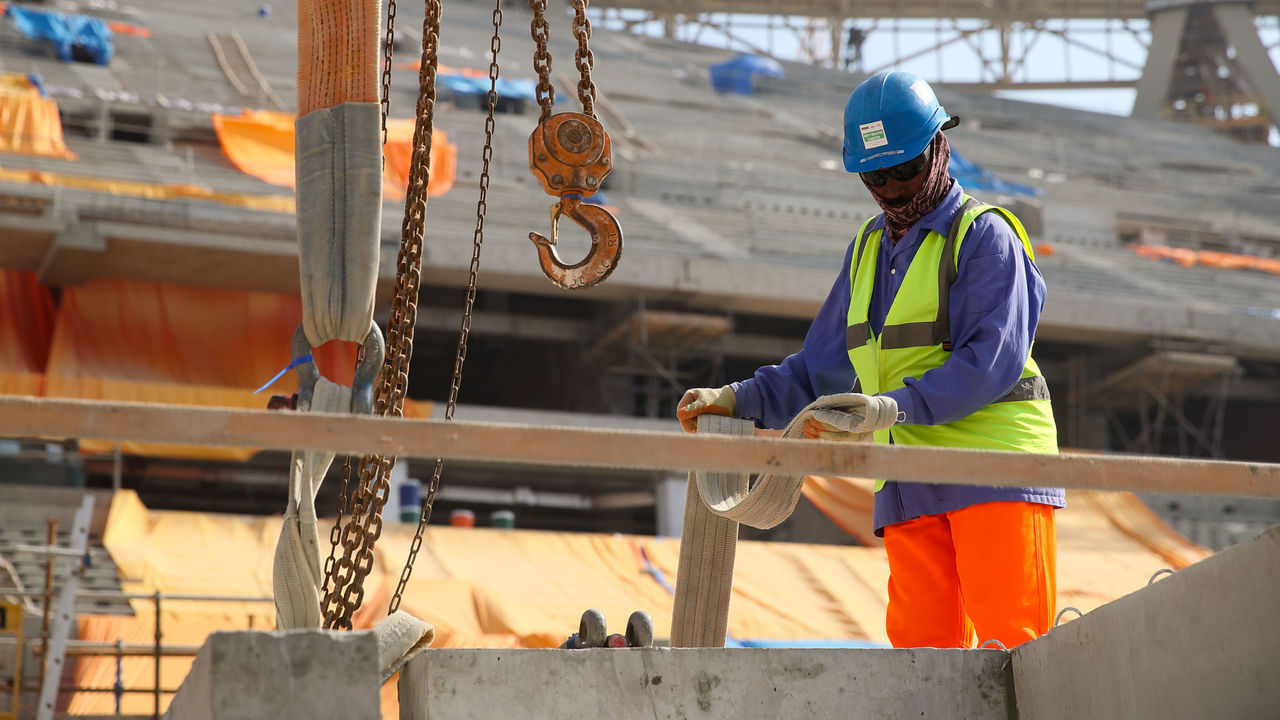
Before the boom, the long stretch of dusty coastline north of Doha – a straight, 235-mile shot west across the water from Dubai in the United Arab Emirates – was a place where people could escape the crowds, strolling with their dogs or simply absorbing a peace that was increasingly hard to find in Qatar’s capital.
Then the cranes arrived on that shore. Qatar’s population doubled from 700,000 to over 1.4 million between 2003 and 2008, and today it’s inching closer to 3 million. That quiet walk is now Lusail, a burgeoning metropolis that hosted a Formula One race in 2021 and is set to stage 10 World Cup matches – including the final on Dec. 18. It’s known as Qatar’s city of the future, an emblem of the Gulf state’s ambition and modernity. It’s supposed to reflect Qatar itself, a country striving to be one of the leaders of tomorrow.
Ketty Nivyabandi, the secretary general of Amnesty International Canada, believes the general public sees a grimmer picture.
“Whenever they hear Qatar,” Nivyabandi told theScore, “they’ll think about migrant workers.”
The presence of Lionel Messi and other superstars won’t immediately recalibrate the opinions shaped since FIFA awarded the small peninsula hosting duties in 2010. Nivyabandi says the decision “saw human rights abuses flare up” as Qatar hastily crammed stadiums and World Cup-related infrastructure into a chunk of land only slightly bigger than Jamaica.
Workers flocked in from abroad seeking better wages to support their families in places like Nepal, India, Kenya, and the Philippines. But a combination of loopholes and strict codes in Qatari labor laws facilitated exploitation and abuse, with thousands of unexplained deaths and injuries, wage theft, and other maltreatment widely reported over the past 12 years.
The migrants struggled through searing heat, working long days of up to 14 hours to feed their loved ones. There are accounts of laborers working as many as 148 consecutive days while making Qatar’s lavish coming-out party on the global stage a reality.
“When I went to Lusail, there was nothing. There wasn’t even a single building,” said Hari, a former migrant worker, in a Human Rights Watch (HRW) video released Thursday. His name was changed because he requested anonymity.
“We built those towers,” he stated, adding: “We poured water (sweat) from our shoes.”
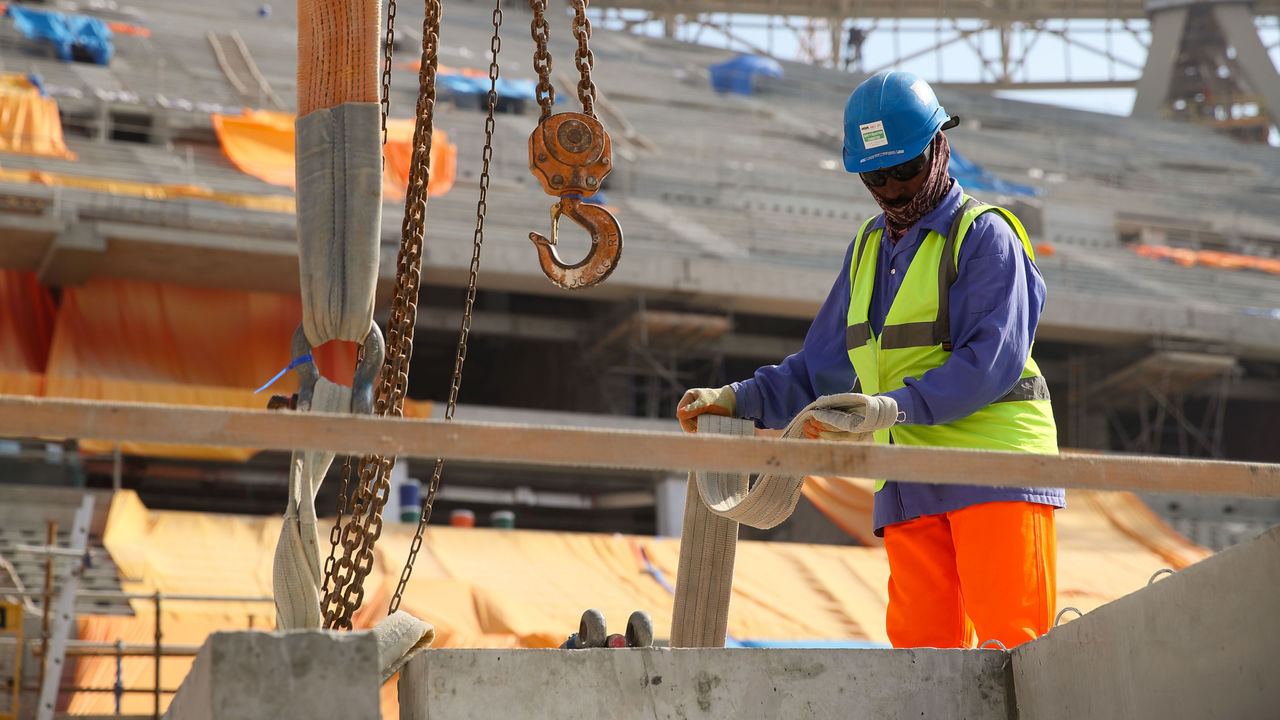
Qatar made several changes to its labor laws in 2017, with reforms that mainly challenged employers’ power over workers. The amendments included protection against unpaid wages and the elimination of a superior’s permission as a condition for changing jobs or leaving the country. FIFA president Gianni Infantino praised the host nation earlier in 2022 for achieving progress in a few years “that in other countries has taken decades.” He promised Qatar would stage “the best World Cup ever.”
Months before Infantino’s proud declarations, human rights and labor organizations found the reforms were inadequately enforced while abuses remained rife in the region. The arrival of the world’s biggest sporting event shed light on issues in Qatar, prompting some positive steps in the country, but the host nation still had a long way to go.
And Qatar’s football-assisted progress could never justify the damage it inflicted on migrant workers and their families.
“I don’t think sport is an ideal vehicle for the way that reforms are carried out,” said Michael Page, deputy director for HRW’s Middle East and North Africa division. “I think that the track record of Qatar over this past dozen years certainly shows the tremendous cost of it.”
Lethal ‘trial and error’
Despite the devastation that has preceded the tournament, Yasser Dhouib believes Qatar deserved the vote. Dhouib, who was born in France, is the executive director of the Canadian-Qatari Business Forum, which aims to enhance investment opportunities between the two countries.
“Saying that it was a mistake, I don’t think so. The process was done according to the rules of FIFA,” Dhouib said. “Every country had that chance.”
The legitimacy of Qatar’s victory 12 years ago has long been under scrutiny. Sixteen of the 22 members of the FIFA executive committee that voted on the matter have since been implicated in or investigated for corruption or other malpractice, according to The Guardian’s Barney Ronay. That includes disgraced former FIFA president Sepp Blatter and Mohamed bin Hammam, the Qatari former president of the Asian confederation now serving a lifetime football ban for “conflicts of interest.”
There has also been compelling evidence – most notably published by The Times and The Associated Press – that during the World Cup bidding process, Qatar enlisted the help of former CIA agents to spy on soccer officials and employed public relations companies to produce fake propaganda about its main rivals.
Treatment of migrant workers and the unjustified detainment and beatings of LGBTQ+ community members by Qatari security forces have overshadowed the nation’s emergence as the host of the 2022 World Cup. Focusing on the plight of migrant workers, Dhouib called the loss of lives a “tragedy,” but he does have sympathy toward Qatar.
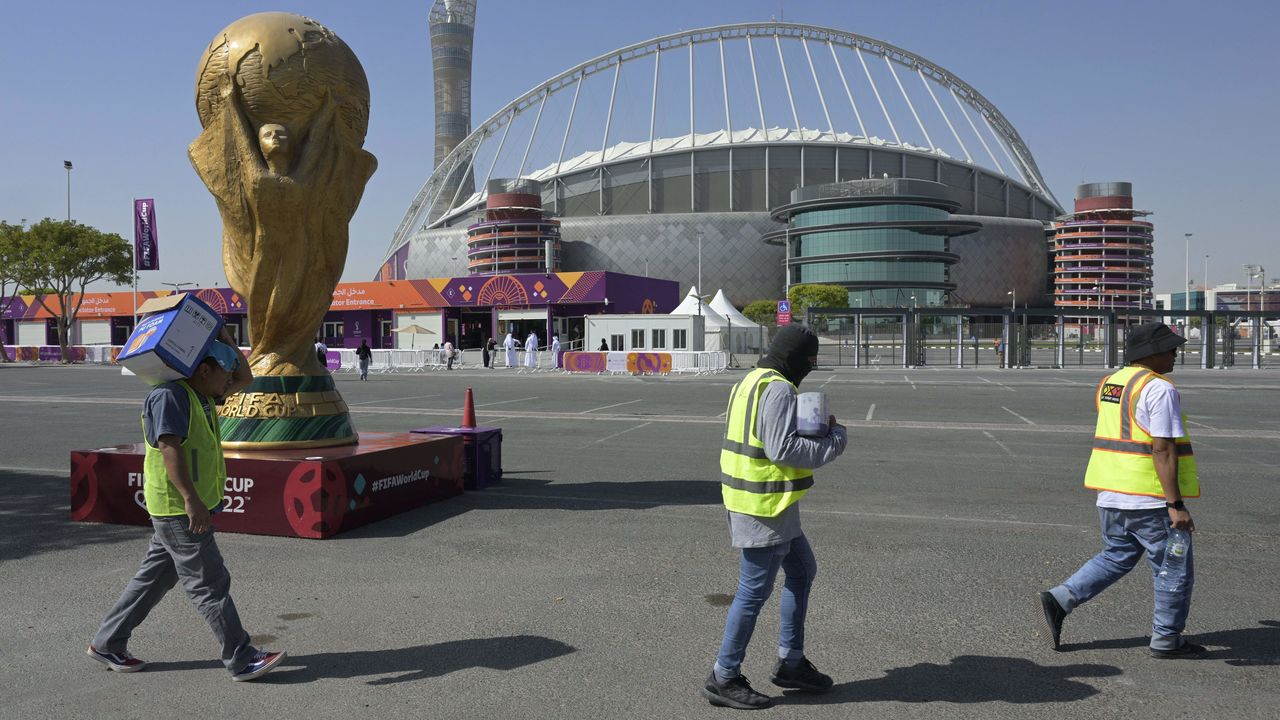
“When you start the World Cup, there is a trial and error in that,” Dhouib said. “You’re preparing your roadmap of getting this World Cup done, of important stadia, of important platforms of engineering, and maybe there has been a mishap in terms of the legal framework of the Qataris.”
He added: “Give them the benefit of the doubt.”
The Qatar Supreme Committee, the official organizer of the 2022 World Cup, did not respond to theScore’s multiple interview requests.
Greater acceptance might be more forthcoming if Qatar didn’t bristle at criticism. The emir Sheikh Tamim bin Hamad Al Thani told Qatar’s legislative council in October that some critiques were initially “positive and useful, helping us to develop aspects of ours that need to be developed.”
But he complained in the same speech that such criticisms had “reached a level of ferocity that made many question, unfortunately, about the real reasons and motives behind this campaign.”
Infantino has also leapt to Qatar’s defense, calling the nation a victim of “prejudice” in the lead-up to the tournament. He also signed a letter to all 32 participating teams, urging them to “focus on the football” in Qatar. It was a shameless attempt to briefly set aside the focus on migrant and LGBTQ+ abuses until after the tournament – or perhaps altogether.
“These are the statements that the government of Qatar very much wants to dominate the public narrative,” Nivyabandi said.
An empty pledge?
FIFA is yet to sufficiently address the tragedies associated with this World Cup. Numerous rights groups and labor unions, including Amnesty International and HRW, have appealed to FIFA since May to match the $440 million it will award in World Cup prize money to fund a compensation program for workers who suffered abuses.
At least 12 football associations and several major World Cup sponsors have publicly backed the remediation proposal, according to Amnesty International.
FIFA’s silence on the matter is at odds with the Human Rights Policy it published in May 2017. It states that football’s world governing body will contribute and provide “remedy where individuals have been adversely affected by activities associated with FIFA.”
The policy also notes that FIFA is linked with those who work on “the construction of stadiums and infrastructure” through its engagement with other entities.
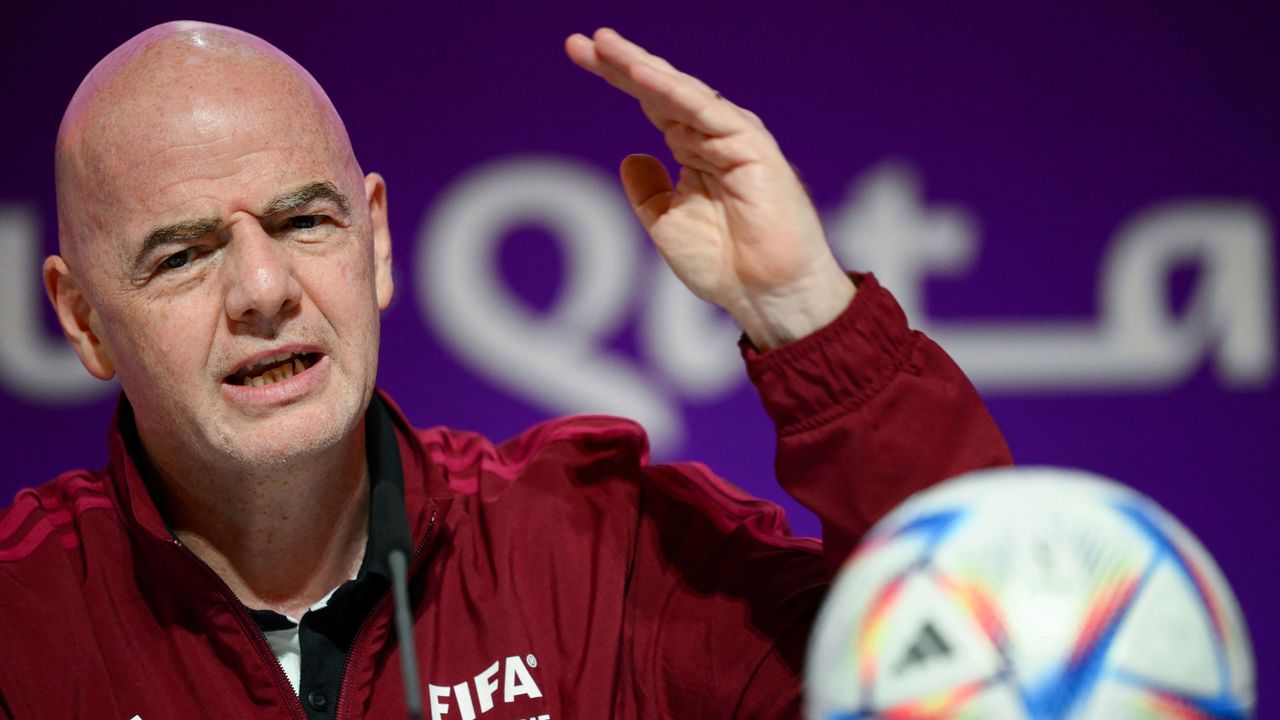
Page is concerned that FIFA’s failure to back the compensation initiative – known as the #PayUpFIFA campaign – and Qatar’s increasingly defensive response to criticism don’t provide “a great sense of optimism for what comes after the World Cup.”
The human rights fight in Qatar, then, appears set to continue.
The looming prospect of a joint bid from Egypt, Greece, and Saudi Arabia for the 2030 World Cup will further test FIFA’s apparent commitment to human rights issues. Infantino has encouraged a proposal from the Saudis after strengthening his ties with the country over the past two-and-a-half years. He even raved about the scenery and cuisine in a promotional video for Saudi Arabia.
“I would be very concerned given the track records of at least two of those countries,” Page said.
Nivyabandi, however, is hopeful that the public response to Qatar’s World Cup will make other nations think twice before submitting a bid. This could be a watershed moment.
“I think future host countries will be thinking a little bit harder before putting their candidacy forward and will think about their own human rights record with the knowledge that this is likely to be brought forward when they’re hosting the World Cup.”
The greatest takeaway from this World Cup won’t necessarily pertain to Qatar’s bid for soft power through another sporting event on the peninsula. Instead, Nivyabandi believes FIFA could grow more cognizant of what football’s true stakeholders want from the game.
“I think it is evidently clear that fans will be paying more and more attention about what’s going on in the host country beyond the World Cup,” she said.
“I think the real legacy here is going to be the reality that soccer fans love the game but care about more things than the game.”
Copyright © 2022 Score Media Ventures Inc. All rights reserved. Certain content reproduced under license.
You may like
Premier League
Breaking down thrilling EPL title race with 10 games left
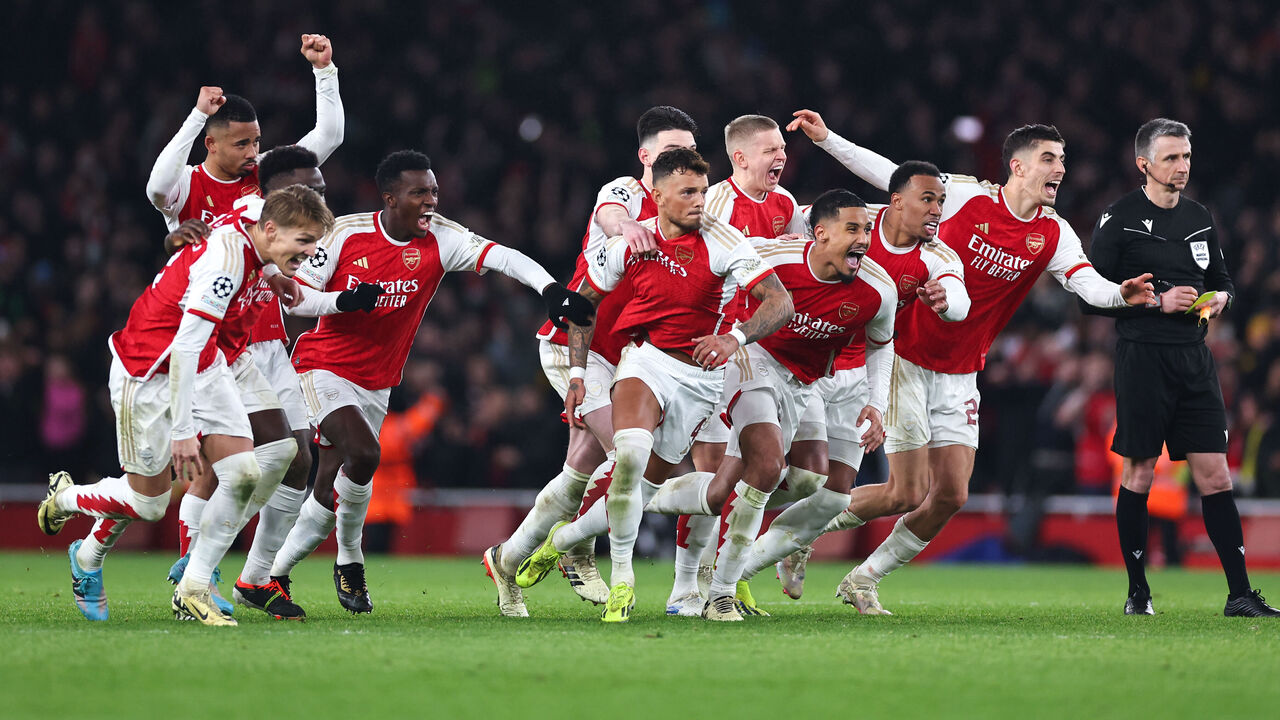
Find the biggest stories from across the soccer world by visiting our Top Soccer News section and subscribing to push notifications.
One of the most intoxicating title races in Premier League history is, mercifully, ready to resume.
The quirks of the calendar – an FA Cup weekend succeeded by an agonizing international window – means the titanic tussle between Arsenal, Liverpool, and Manchester City will have been on hiatus for a full three weeks before it gets back underway on Sunday.
But there are no more impending interruptions. With 10 matches remaining for each title contender, we’re barreling toward a resolution to the type of three-way battle that’s exceedingly rare in England’s top flight. There’s never been a season in the Premier League era where three teams went into the final day with a chance to hoist the trophy. This could be it. The last time it happened was the 1971-72 campaign, when Derby County won an incredible four-team fight, narrowly beating Leeds United and, ominously, Liverpool and Man City to the crown. We’re overdue for that kind of drama.
That three sides have converged this way at all is, frankly, remarkable.
These are the three best teams in the country by an enormous margin. They’re the only ones with an expected goal difference per game of plus-1.0 or greater this season. The next best mark, surprisingly, belongs to Mauricio Pochettino’s erratic Chelsea team at plus-0.36. So, yeah, it’s not close.
The three of them are also on a tear and show no signs of slowing down. Arsenal have won all eight of their league games in 2024, scoring 33 goals in the process; Liverpool have collected 22 of a possible 27 points in that time; reigning champions Manchester City have racked up 23 of 27 points. They’ve combined for just one loss since the calendar flipped – Liverpool’s 3-1 defeat against Arsenal in early February.
The only sides that look capable of halting their progress are each other, which makes this weekend’s clash between Manchester City and Arsenal at the Etihad all the more significant.
Each contender has a compelling reason for believing it’s “their” year.
Arsenal
Mikel Arteta’s men look far more assured and mature than last season when they set the pace for nearly the entire campaign, only to crumble down the stretch and relinquish their once sizeable advantage to Manchester City. Do-it-all superstar Declan Rice has been a transformative figure in midfield, while Kai Havertz, after an inauspicious start, is becoming an increasingly vital and consistent scoring threat. At least from the outside, there appears to be more self-belief within the Arsenal camp. Having learned from their experience in 2022-23, Arsenal won’t cede top spot so easily this time. It’ll need to be ripped from them.
Some may be inclined to dismiss their recent run because of their opponents. Yes, the Gunners have played some weak teams – Sheffield United! Burnley! Nottingham Forest! – but, for the most part, they aren’t just beating them; they’re blowing them away with a ruthlessness usually associated with title winners. For those still unconvinced, Sunday’s visit to the Etihad, where they were tossed aside like a rag doll in last season’s 4-1 loss, will be the ultimate litmus test to see if this team is ready to end the club’s 20-year title drought.
Liverpool
Jurgen Klopp’s persistent squad, already with the League Cup in tow, aims to send off their departing bench boss in style. Liverpool have been the most entertaining team of the trio this season. They create more chances than Arsenal and City and concede more opportunities. Darwin Nunez, the ultimate agent of chaos on a football pitch, is the perfect fit for a team with a habit of scoring late goals and delivering dramatic moments. Their title charge is built on more than just vibes, though.
Liverpool overwhelmed none other than City in their last league game before the international break but came away from the pulsating affair at Anfield with a 1-1 draw. City, usually self-confident and domineering in possession, simply held on against what Pep Guardiola dubbed a “tsunami” of pressure. There was obviously some added incentive at play, but Liverpool are built to go full speed regardless of the opposition. It’s in their nature under Klopp.
Manchester City
Despite not being at its vintage best this term, Guardiola’s accomplished crew remains the favorite in the eyes of many who, for good reason, simply refuse to pick against them. We’ve been conditioned to feel like City will inevitably be the last team standing because, well, they usually are. Five titles in the previous six seasons will have that effect on the collective psyche. However, Erling Haaland isn’t replicating his ferocious scoring pace from last season, and Kevin De Bruyne has been limited to six league starts. Also, outside of some electrifying Jeremy Doku performances, the summer signings haven’t exactly set the world alight. And yet, here they are, just one point off the top, showing the quiet confidence and tranquility that can only be obtained through winning experiences.
With Phil Foden leading the way and authoring arguably the best season of anyone in the league, City could become the first team in English history to win four consecutive top-flight titles.
Strength of schedule
On paper, Arsenal have the most difficult fixture list.
Their remaining opponents average 41.8 points this season, roughly corresponding to ninth place in the table. Put another way, it would be the equivalent of playing Wolves (41 points) or Brighton (42) each week. It doesn’t help that many of Arsenal’s toughest matches are away from home. Coincidentally, they have upcoming trips to Brighton and Wolves, along with north London rivals Tottenham and Manchester United, following this weekend’s potentially decisive tilt at the Etihad. It’s tough.
Manchester City’s task is slightly more forgiving, as their remaining opponents average 40.7 points or 10th place.
Liverpool appear to have the most favorable schedule of the trophy chasers, with their opponents averaging 38.4 points, a tally representing the haul of a team in the bottom half of the table. While that’s better than the alternative, it’s not quite so simple for the Reds. On the back of a potentially draining Europa League quarterfinal second leg against Atalanta in mid-April – more on that soon – Klopp’s men have three away games in seven days against Fulham, Everton, and West Ham. In addition to battling their local nemesis, who could still be scrapping for survival at that point, Liverpool will also face a rambunctious Goodison crowd that would love nothing more than to play a critical role in stopping their hated rivals from winning another league crown.
Aston Villa and Spurs, meanwhile, stand out as common foes for all three title hopefuls. Sitting fourth and fifth, respectively, and engaged in their own fight to secure a Champions League place, they could play the role of kingmakers this spring.
European commitments
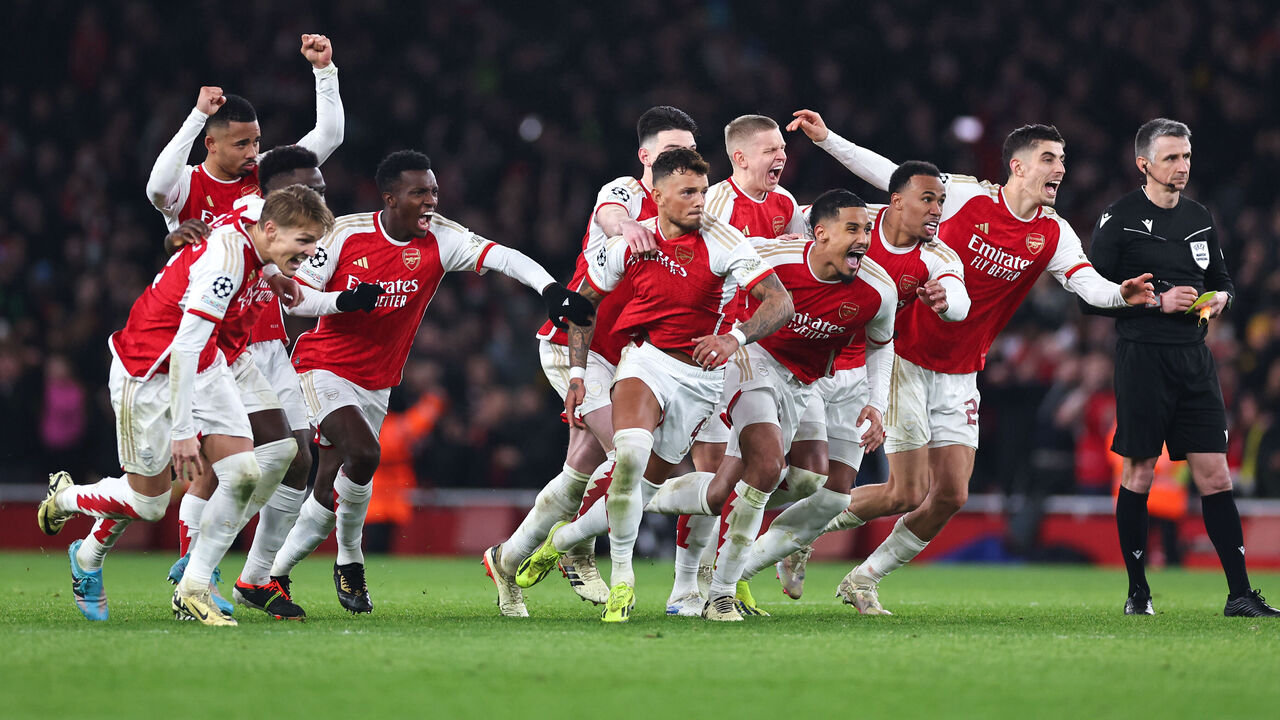
Balancing the mental and physical demands of domestic play with continental competition is a huge piece of this puzzle for all three teams. Midweek success can further galvanize a group, but taxing failures can cripple a team’s momentum at home.
Much like the domestic schedule, Liverpool seem to have an edge here. Arsenal and Manchester City will face European behemoths Bayern Munich and Real Madrid in a pair of mouthwatering Champions League quarterfinal ties beginning next month. However, Liverpool have a comparatively charitable Europa League encounter with Atalanta.
If they both advance, Arsenal and City will meet in the Champions League semifinals, an outcome that will surely be celebrated wildly on Merseyside.
How those games intermingle with the league schedule also matters. Liverpool play Crystal Palace and Fulham following their two matchups with the Italian outfit. After locking horns with Bayern, Arsenal have to contend with Aston Villa and Wolves. Manchester City, still active on three fronts as they seek a second consecutive treble, host lowly Luton after the first leg of their Real Madrid rematch and take on Chelsea in the FA Cup semifinals following the second leg.
Injury concerns

Liverpool have been plagued by injuries all season. Mohamed Salah, Trent Alexander-Arnold, Darwin Nunez, Diogo Jota, and Andy Robertson, among others, have missed varying amounts of time, though the bulk of that group is getting back to full fitness. Alisson Becker remains sidelined and might not return until mid-April. Defensive stalwart Virgil van Dijk is the only Liverpool player to garner over 2,000 league minutes this season, indicating how disruptive injuries have been for Klopp’s team. And yet, they persevere.
Five Manchester City players have cleared the 2,000-minute mark thus far, and a couple more are on the cusp. But the club was without De Bruyne for the entire first half of the season, while trips to the treatment room ravaged Jack Grealish’s year. City also got hit the hardest by the recent international break, with John Stones and Kyle Walker hurt on England duty and racing against time to recover for Sunday’s match versus Arsenal. Swiss defender Manuel Akanji is in the same boat, and Ederson’s return date from a thigh injury remains uncertain. Never shy about tweaking his lineup, Guardiola could be forced to tinker yet again.
Arsenal have been largely unscathed, with six players eclipsing 2,000 league minutes. William Saliba, whose absence last season played an outsize role in Arsenal’s capitulation, has been on the pitch for every second of league play in 2023-24. Gabriel Jesus has battled ailments all year, and Jurrien Timber suffered an ACL injury just 49 minutes into his Premier League debut in the season opener. But the Gunners will be hoping their relative good fortune on the injury front extends right through May, especially as it relates to Bukayo Saka, who pulled out of the England squad to nurse a minor muscular issue.
Prediction
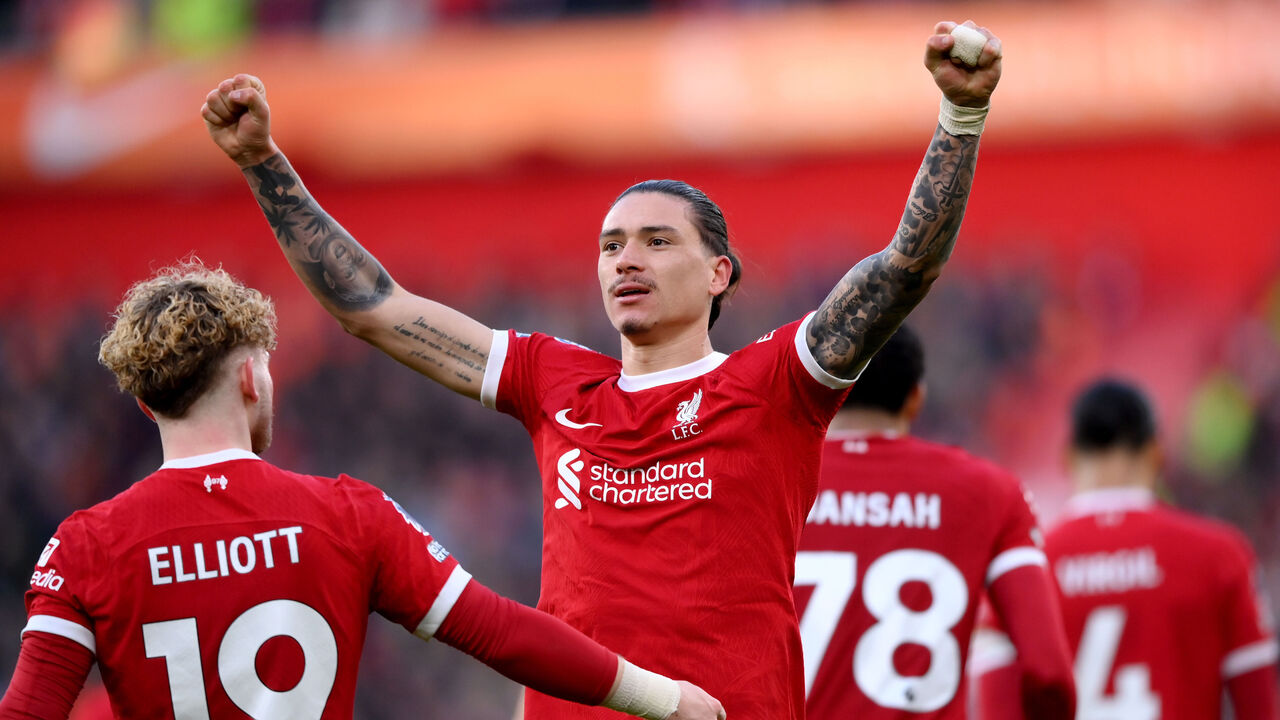
First, a disclaimer: Luck will play a pivotal role in determining which team is crowned on May 19. Injuries will continue to be a factor. There will almost certainly be contentious refereeing and VAR decisions that favor and oppose the title challengers. There will also be finishing variance, with players missing seemingly easy chances and converting more difficult opportunities.
Impossible to predict? No matter. We’re not going to let that stop us.
Considering their advantageous schedule, at home and in Europe, along with their improving squad health at just the right time and the inescapable feeling that this is a team of destiny determined to send their beloved manager out on a high, we’re going with Liverpool, who’ll collect 88 points to pip their rivals and again interrupt Manchester City’s run of domestic dominance.
Copyright © 2024 Score Media Ventures Inc. All rights reserved. Certain content reproduced under license.
Premier League
Euro 2024 playoffs: Miraculous Ukraine comeback, big result for Wales
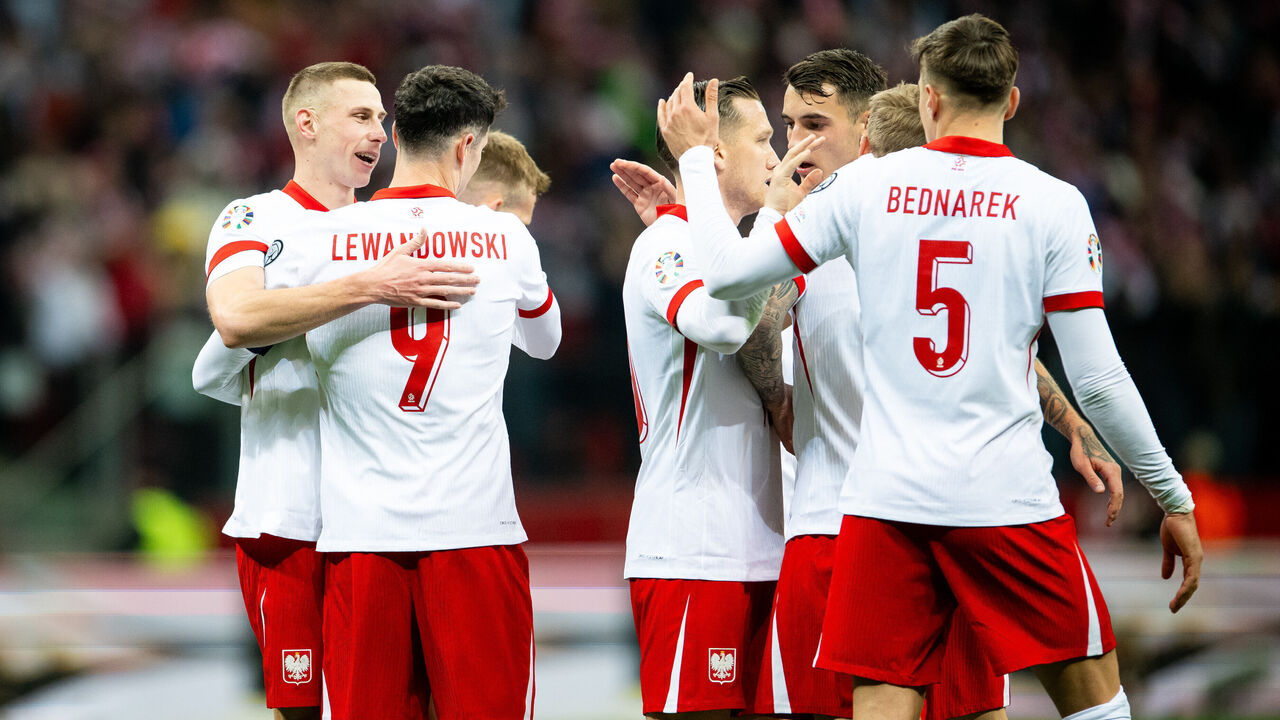
Find the biggest stories from across the soccer world by visiting our Top Soccer News section and subscribing to push notifications.
Wales, Greece, and Poland registered statement wins Thursday, joining three other teams in next Tuesday’s playoff finals for the three remaining places at Euro 2024.
Ukraine staged an incredible late comeback against Bosnia and Herzegovina in its semifinal to keep its Euro dream alive.
The highest-placed team in FIFA’s rankings that’s no longer in contention to reach the tournament in Germany is 60th-placed Finland.
Here’s how the playoff semifinals across Path A, B, and C played out.
Path A

Poland 5-1 Estonia
Estonia barely stood a chance. Down to 10 men as early as the 27th minute, the northern Europeans could only muster a consolation goal in a 5-1 loss to Poland. The Polish achieved the rout without Robert Lewandowski getting on the scoresheet and remain unbeaten in 21 Euro qualifiers at home, a magnificent run dating back to September 2006. Poland is trying to make up for a poor qualifying campaign in which it finished third in Group E, four points behind the Czech Republic and Albania. The country hasn’t missed the Euros since 2004.
Wales 4-1 Finland
The Red Wall might descend on Germany this summer. Wales’ raucous supporters have legitimate hopes of traveling to another major tournament after the Dragons scorched Finland without the retired Gareth Bale and with Aaron Ramsey, 33, on the bench after more injury problems. Teemu Pukki gave the visiting team some hope just before halftime following well-taken finishes from David Brooks and Neco Williams. But Wales needed just 73 seconds of the second period to restore its two-goal cushion via Brennan Johnson’s tap-in. Daniel James took advantage of a defensive error before rounding the goalkeeper in the 86th minute to give the host a resounding victory.
Playoff final: Wales vs. Poland, Tuesday 3:45 p.m. ET
Path B

Israel 1-4 Iceland
Iceland’s Albert Gudmundsson stole the show with an emphatic hat-trick against Israel on Thursday. His stunning free-kick into the top right corner canceled out Eran Zahavi’s opening goal for Israel, and he created a nice cushion for his country with a pair of markers in the final 10 minutes. Just before that, Zahavi blew an incredible opportunity to equalize the match at 2-2, missing a penalty awarded for handball against Iceland’s Gudmundur Thorarinsson. A red card to Israel’s Haim Revivo didn’t help the trailing side. Iceland is now a game away from making only its second-ever appearance at the Euros following its quarterfinal run in 2016.
Bosnia and Herzegovina 1-2 Ukraine
Ukraine scored twice with just minutes remaining in regulation to snatch what seemed to be a sure victory from Bosnia and Herzegovina on Thursday. Bosnia controlled play for most of the match and took the lead in the 56th minute when Mykola Matviyenko turned in Amar Dedic’s shot into his own net. But a colossal defensive lapse cost the Bosnians a chance to make it a record four countries from the former Yugoslavia at Euro 2024. Roman Yaremchuk came off the bench to equalize in the 85th minute and teed up Artem Dovbyk’s sensational winning header three minutes later to turn the playoff semifinal on its head. Ukraine now faces Iceland with a third consecutive Euro appearance at stake.
Playoff final: Ukraine vs. Iceland, Tuesday 3:45 p.m. ET
Path C

Georgia 2-0 Luxembourg
Two clever finishes from Budu Zivzivadze in Tbilisi assured Georgia of a place in Path C’s final – and all without the help of suspended talisman Khvicha Kvaratskhelia. But it wasn’t that simple for the host. Luxembourg thought it equalized during the second half, only for the goal to be eventually snatched away due to Maxime Chanot’s apparent foul 45 seconds earlier. Luxembourg’s Chanot was controversially sent off for denying a clear goal-scoring opportunity, and Zivzivadze effectively ended the match six minutes later with his second strike. Kvaratskhelia is available for the final.
Greece 5-0 Kazakhstan
Anastasios Bakasetas lashed home a penalty, Dimitrios Pelkas headed into the net’s roof, Fotis Ioannidis tapped in from close range, and Dimitrios Kourbelis added another header. And that was all before halftime. Kazakhstan’s impressive 2022-23 Nations League campaign and notable Euro 2024 qualifying wins over Denmark, Northern Ireland (twice), and Finland suddenly seemed ages ago, as Greece recorded its biggest halftime lead since October 1978 (5-0 against Finland). Aleksandr Marochkin’s embarrassing own goal in the 85th minute made Kazakhstan’s day even worse.
Playoff final: Georgia vs. Greece, Tuesday 1:00 p.m. ET
Copyright © 2024 Score Media Ventures Inc. All rights reserved. Certain content reproduced under license.
Premier League
Look: Nike unveils beautiful kit selection for Euro 2024, Copa America
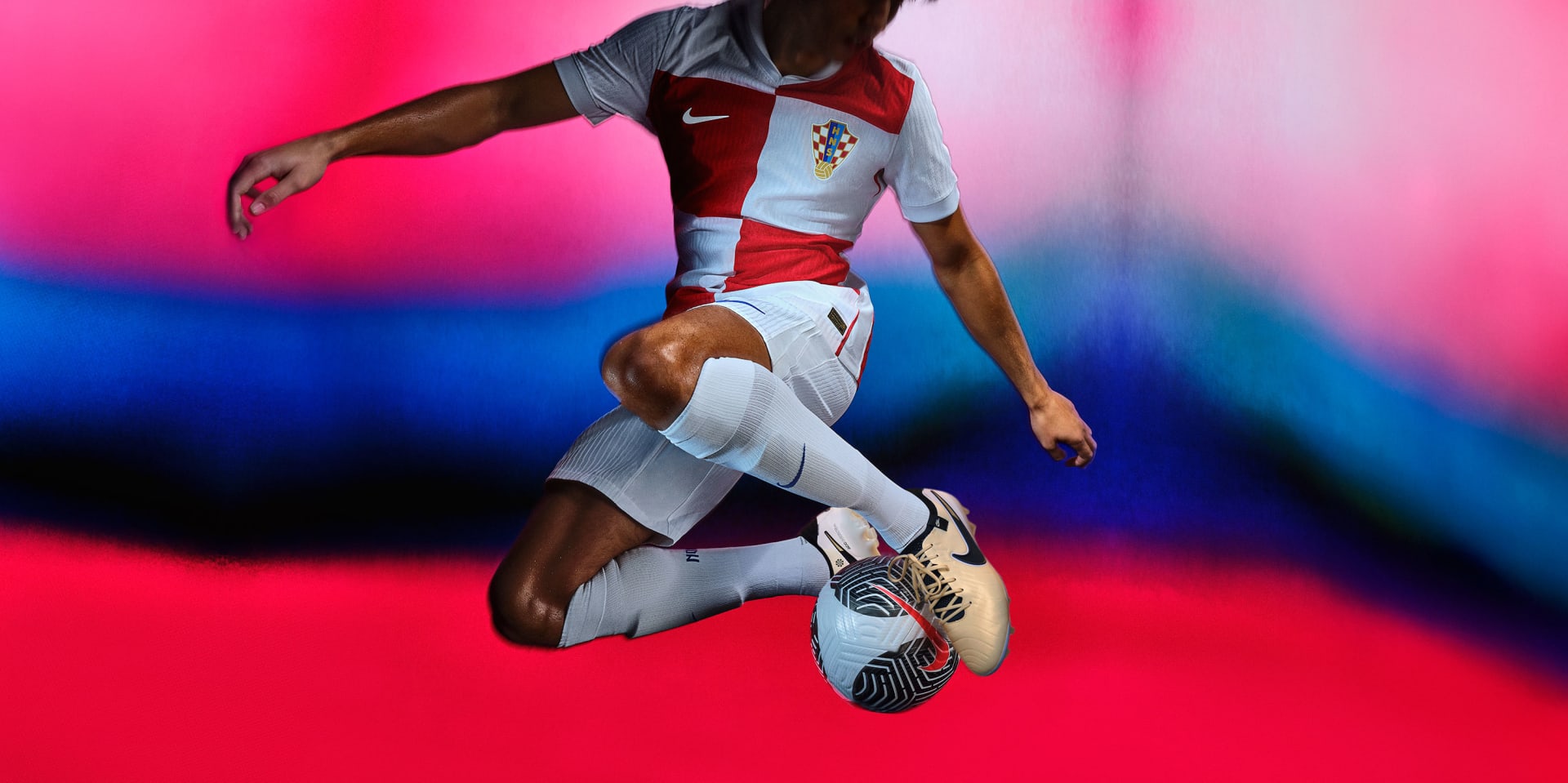
Find the biggest stories from across the soccer world by visiting our Top Soccer News section and subscribing to push notifications.
Nike released a stunning batch of threads ahead of Euro 2024 and Copa America on Monday.
Days after Adidas launched its lineup for the summer’s top two tournaments, Nike followed suit with an array of colorful designs.
The U.S. manufacturer also announced redesigns for Canada and Poland, even though they’ve yet to qualify for their respective tournaments. The Canucks face Trinidad and Tobago in a one-off Copa America qualifier on Saturday, while Poland must navigate a four-team playoff to reach Euro 2024.
(All images courtesy of Nike)
Euro 2024
Croatia
Home
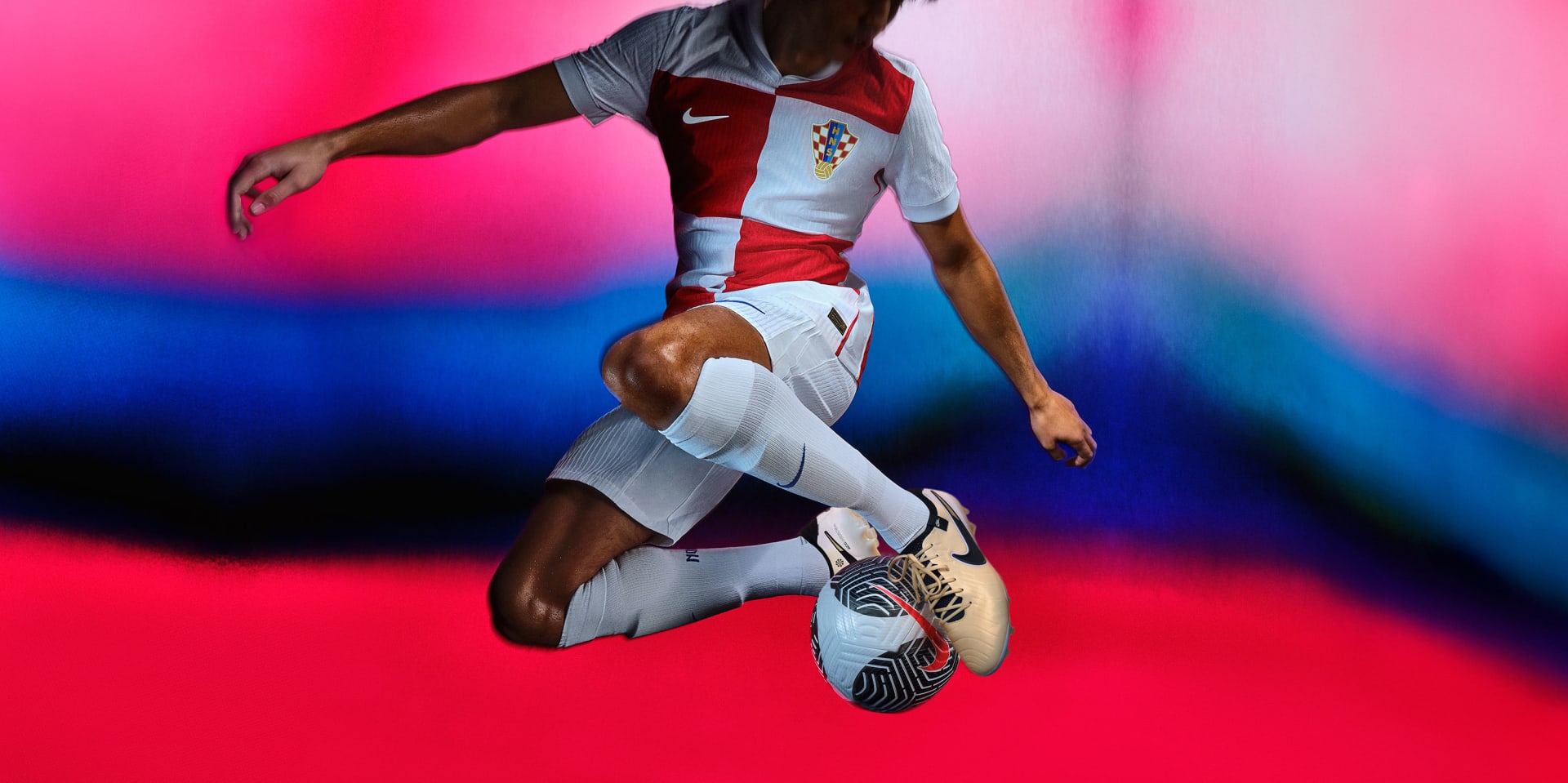
The square-shaped design that gives Croatia its unique look gets a slight upgrade. The home shirt features larger squares than ever before.
Away

Croatia’s away shirt plays on the national flag, with the traditional checkered pattern now on a slant.
England
Home

Influenced by England’s 1966 training gear, the home shirt has a classic feel with a rich blue collar and gorgeous trim along the cuffs.
Away
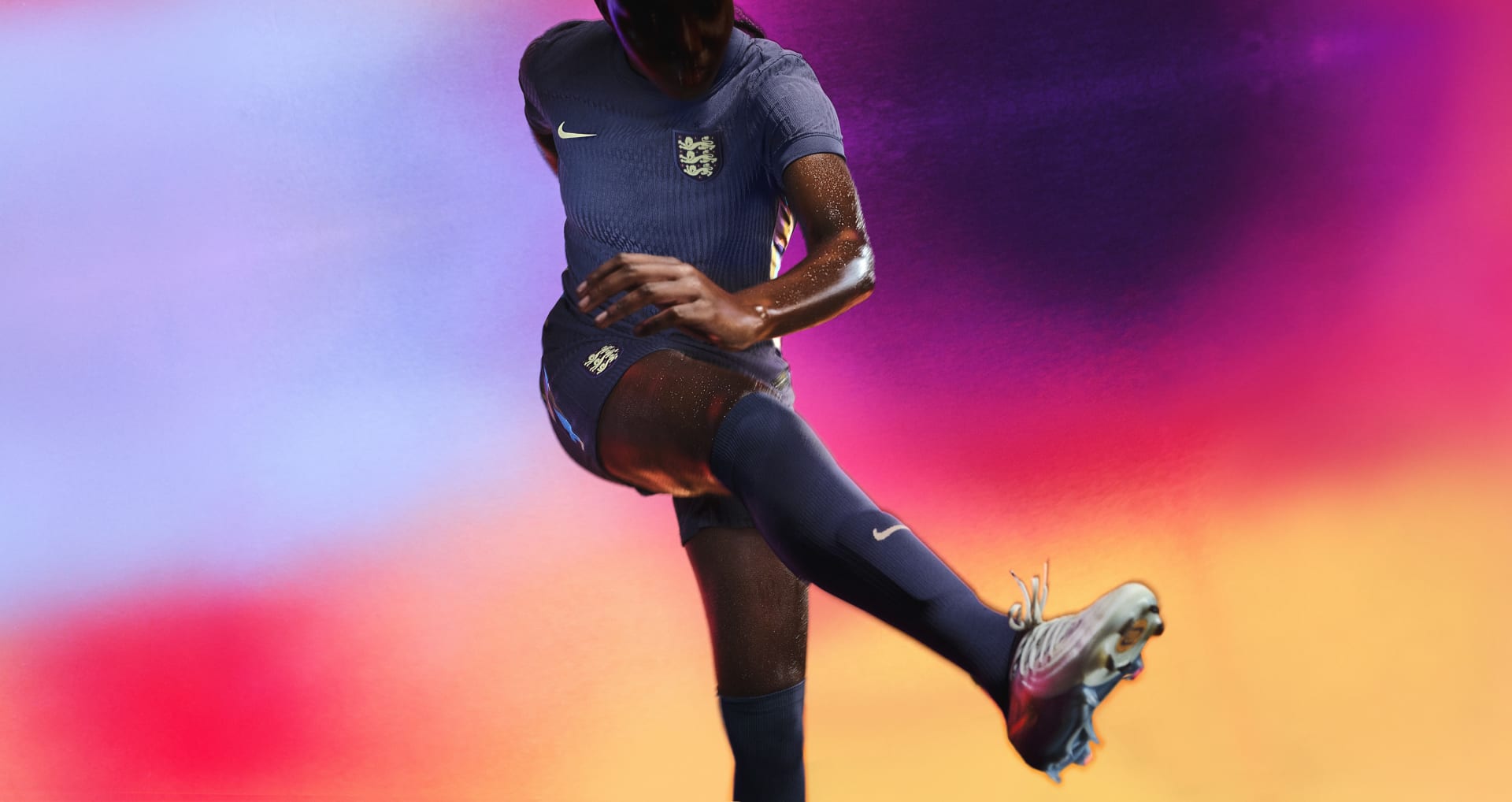
England embraces a deep purple hue for its away selection. The crest stands out with a contrasting off-white tint that makes the three lions pop.
France
Home

France’s home shirt may have the biggest crest of all of Nike’s offerings. The oversized rooster defines this shirt as much as the royal blue that’s made France’s kits a crowd-pleaser.
Away

The pinstripes mirror the colors of France’s national flag and span the width of the shirt in a simple, yet elegant design.
Netherlands
Home
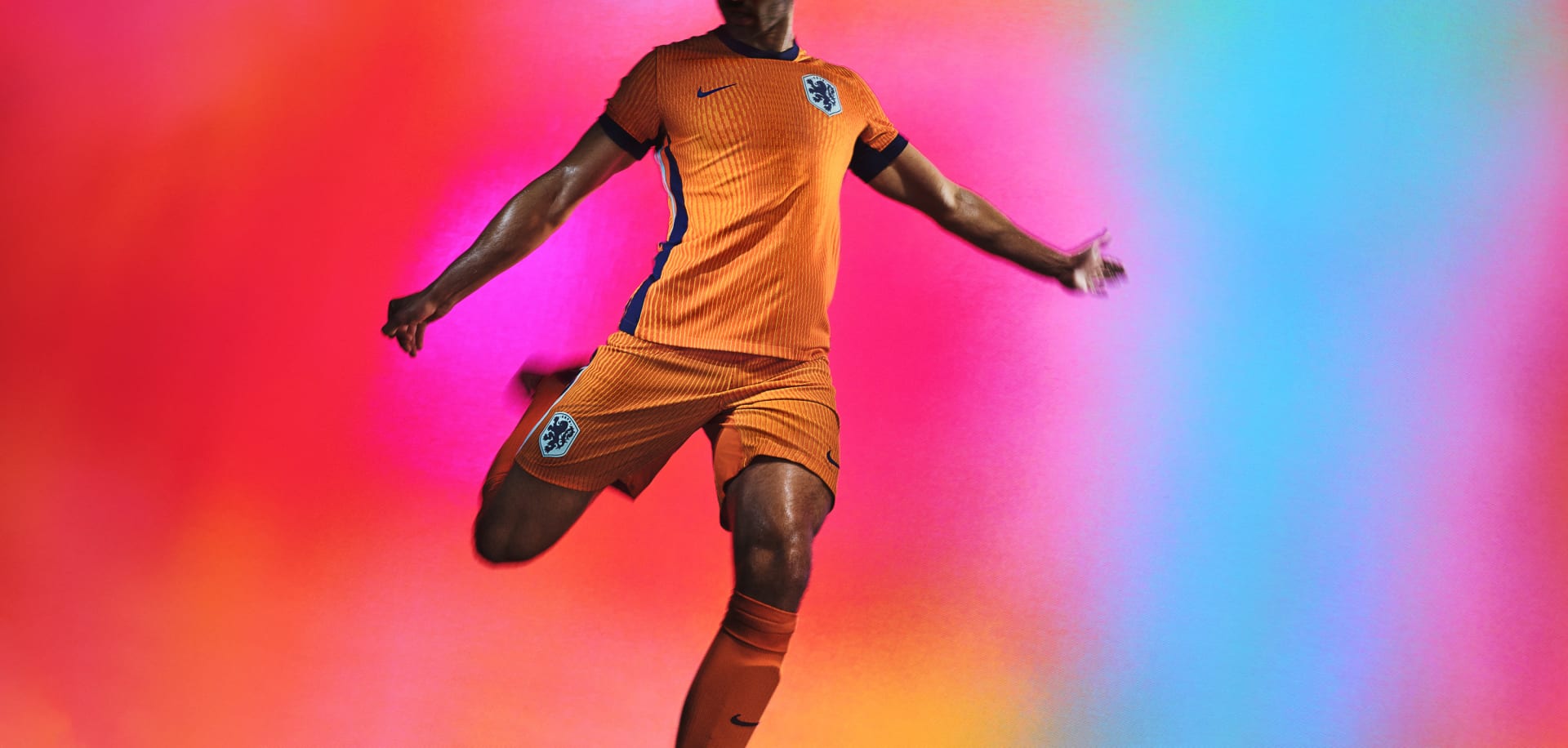
Nike could’ve offered anything orange here, and it would’ve been perfect. But the Netherlands has something bolder and better to wear. The zig-zag pattern adds edge.
Away

The orange collar and cuffs pop alongside the three shades of blue Nike has chosen to create the abstract design on this work of art.
Poland
Home

Poland dedicates premium real estate on the country’s home shirt to its imposing crest.
Away

Poland’s away shirt is a daring choice. The graphic treatment adds texture, giving it a rugged feel while separating from the red tones of years past.
Portugal
Home

With possibly the best home shirt in Nike’s collection, Portugal leans heavily into its traditional red-and-green motif with a polo collar and thick cuffs. The logo sits prominently as well. A smash hit.
Away

Here’s another winner. Portugal’s away strip has a stunning textile imprint that gives off a cool summer vibe.
Turkey
Home
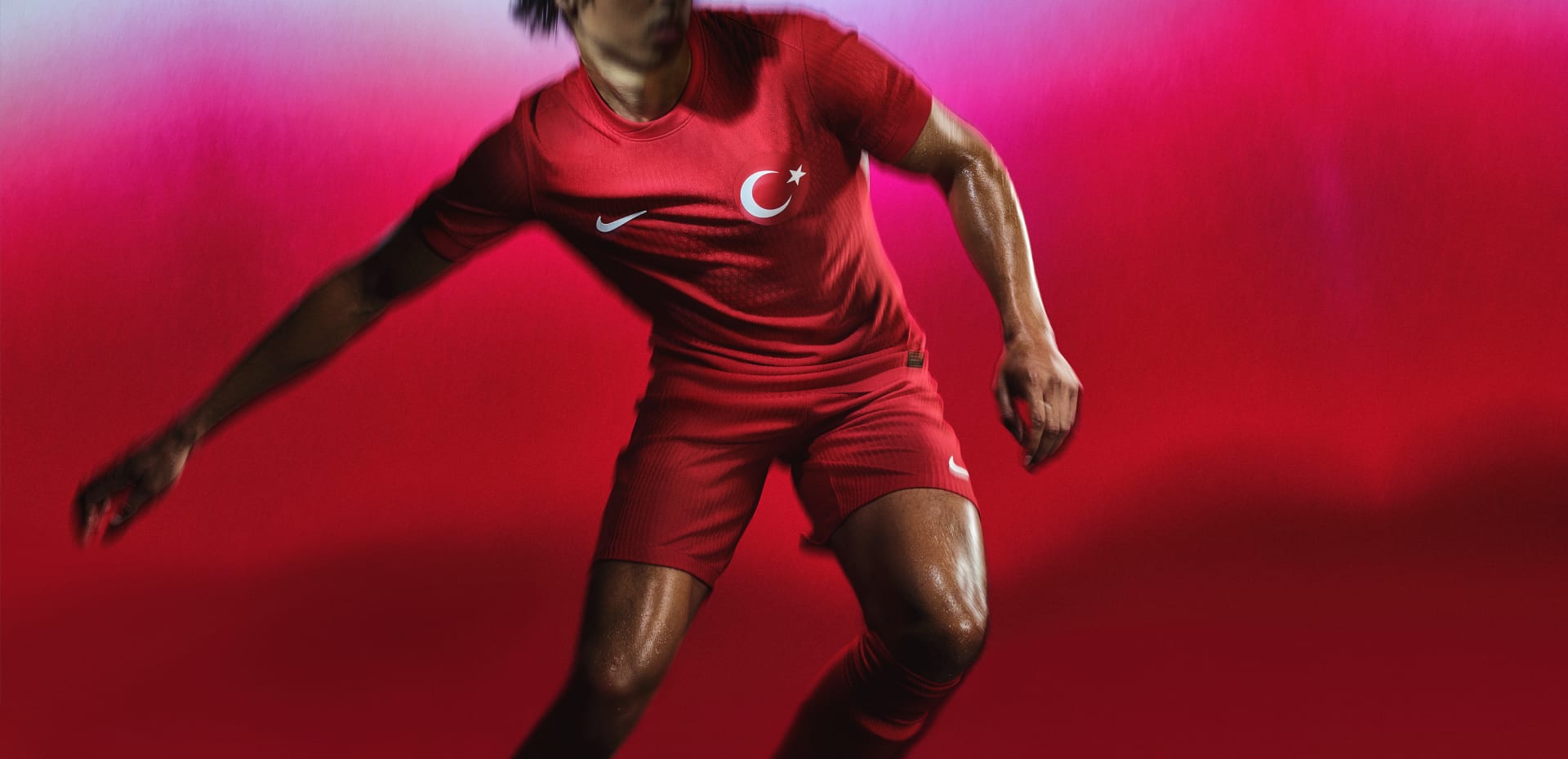
This is a menacing look. Turkey will look like a whirring red army with these imposing shirts.
Away

The classic red band returns to Turkey’s away uniform. Like the others, it features an oversized crest in the middle of the shirt.
Copa America
Brazil
Home

Nike goes big with Brazil’s crest and adds an intricate design to the same yellow hue the Selecao have used for decades.
Away

Brazil’s secondary strip feels like the beach. A horizontal wavy pattern covering the entire shirt mimics the country’s picturesque coastline.
Canada
Home

The only blemish in Nike’s lineup. Why is there a circle around the swoosh? And why are the shoulders so much darker than the body? None of it makes sense.
Away

The 13 pinstripes are supposed to represent the 10 provinces and three territories that make up Canada. Unfortunately, the rest of the shirt looks incomplete.
United States
Home

The United States men’s national team gets a classic home shirt with patriotic detailing along the color and sleeves.
Away

The gradient works perfectly with the red shorts the U.S. will wear at the Copa America.
Copyright © 2024 Score Media Ventures Inc. All rights reserved. Certain content reproduced under license.

Breaking down thrilling EPL title race with 10 games left

Euro 2024 playoffs: Miraculous Ukraine comeback, big result for Wales

Managerial merry-go-round: Predicting hires for marquee jobs

The Champions League's best XI so far

35 stars who will define the summer transfer window

Ajax show Juventus that winning requires more than individual quality
Trending
-
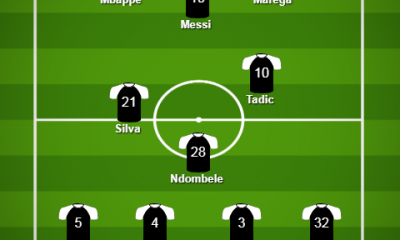
 Champions League5 years ago
Champions League5 years agoThe Champions League's best XI so far
-
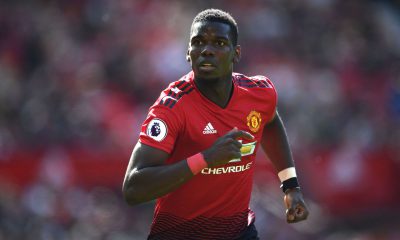
 Serie A5 years ago
Serie A5 years ago35 stars who will define the summer transfer window
-

 Serie A5 years ago
Serie A5 years agoAjax show Juventus that winning requires more than individual quality
-

 Uncategorized3 years ago
Uncategorized3 years agoIFFHS publishes the list of top scorers in football history – Romario first, Ronaldo third
-
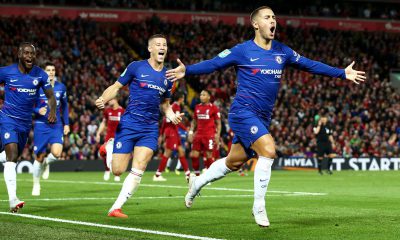
 Premier League5 years ago
Premier League5 years agoTransfer grades: Assessing Hazard’s move to Real Madrid
-

 Sports5 years ago
Sports5 years agoReady Newest Trainer in Bundesliga History, retire SOLSKYER.
-

 Sports5 years ago
Sports5 years agoWenger: Hazard can’t replace Ronaldo.
-

 Sports5 years ago
Sports5 years agoMastur Talent Returns: In Milan I was a chance to make money, penalized me for growing up as a footballer.

